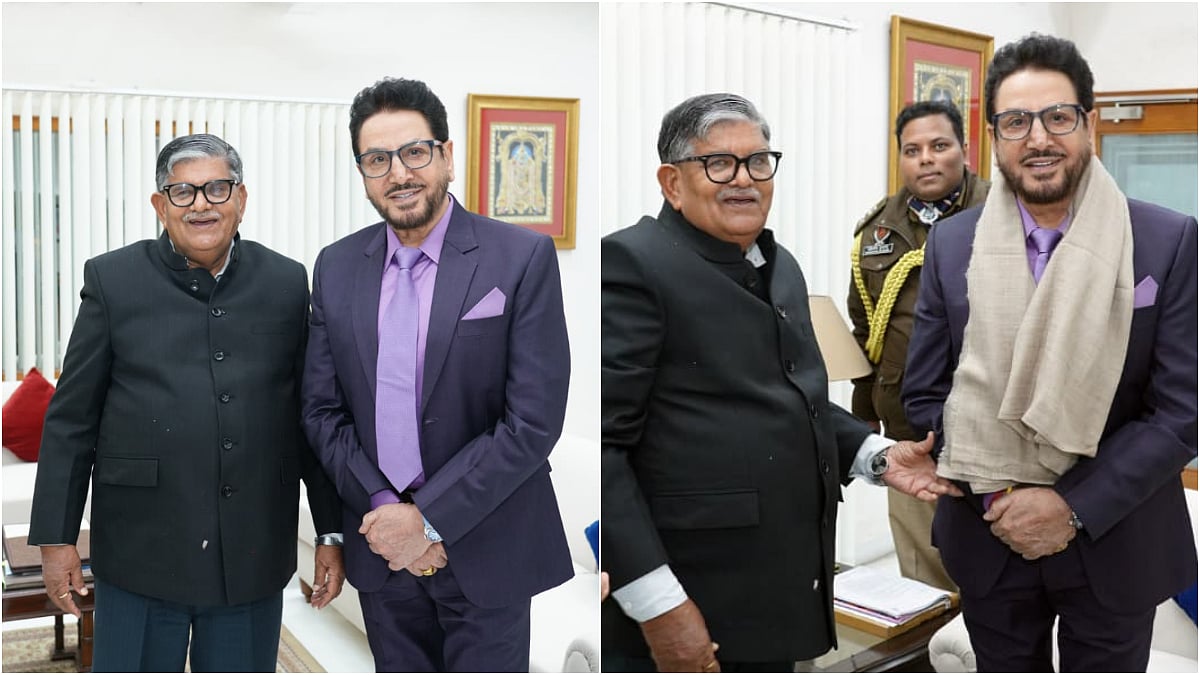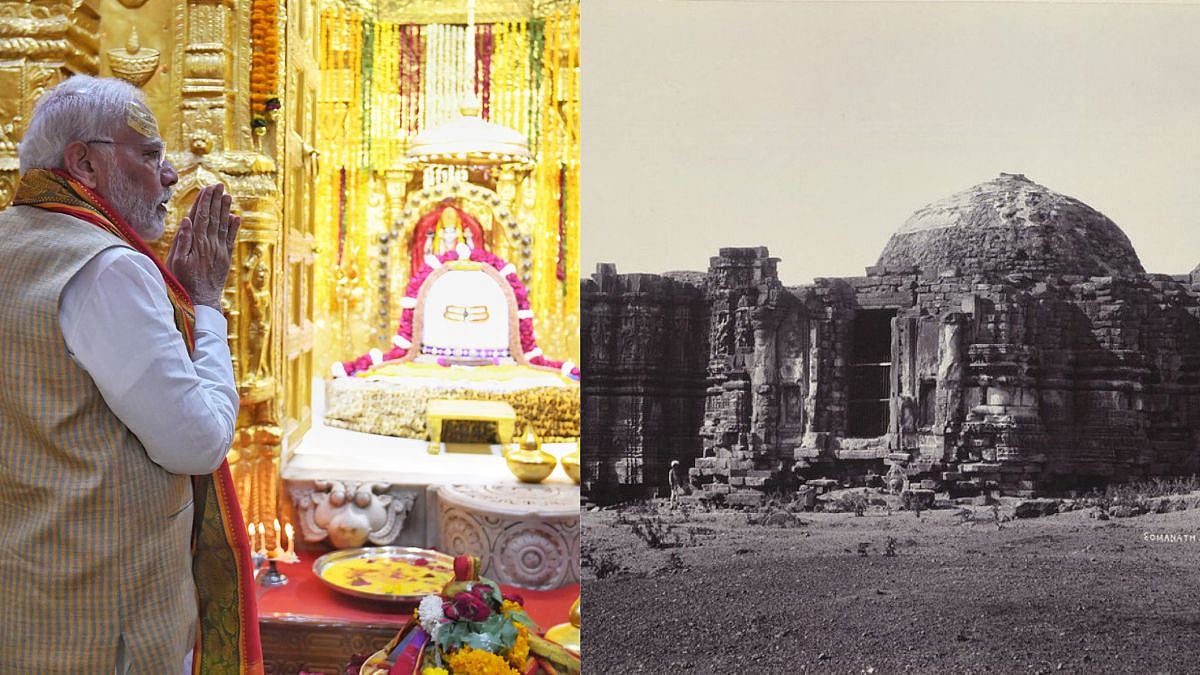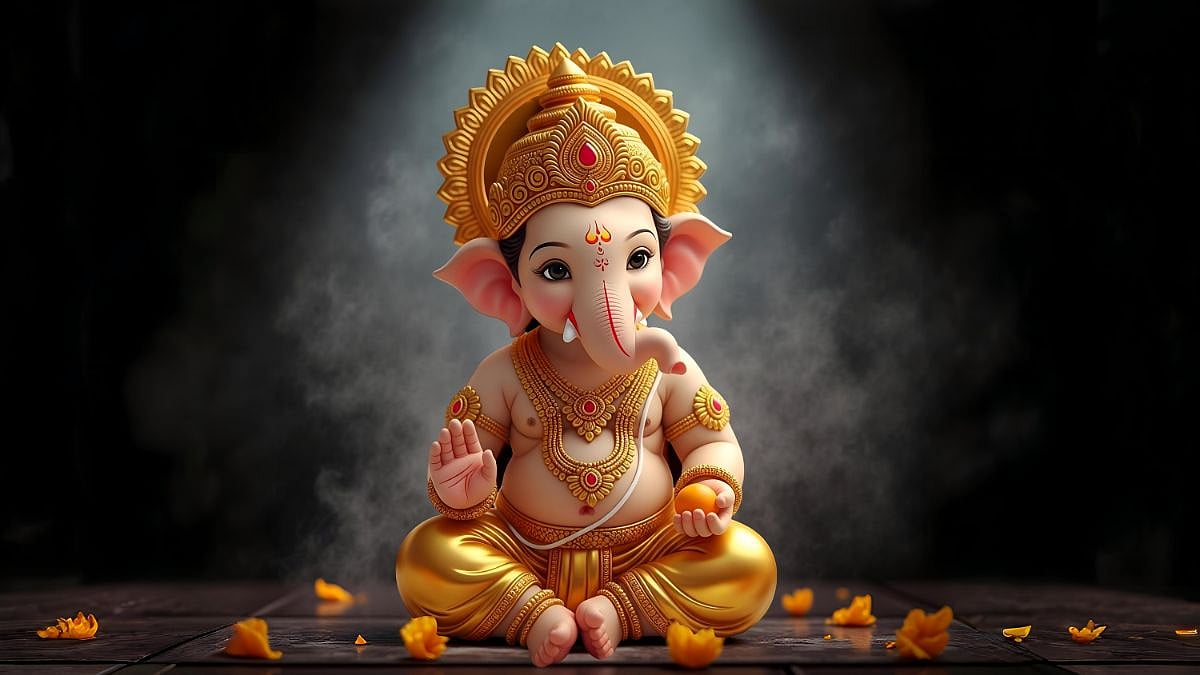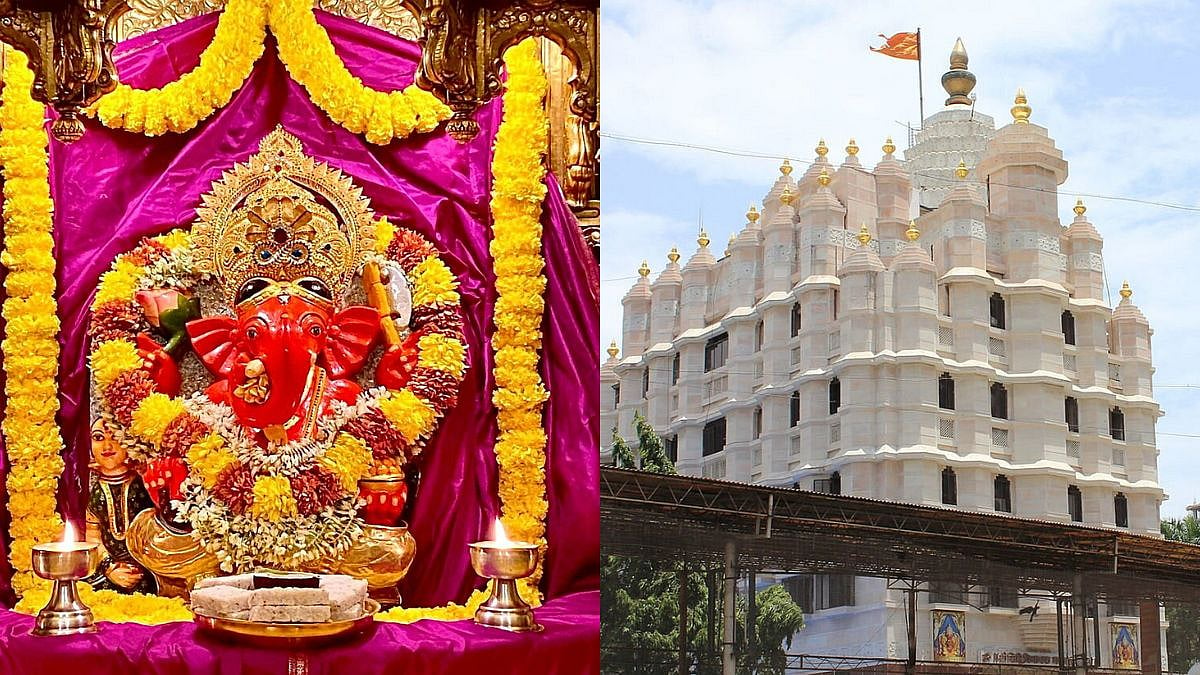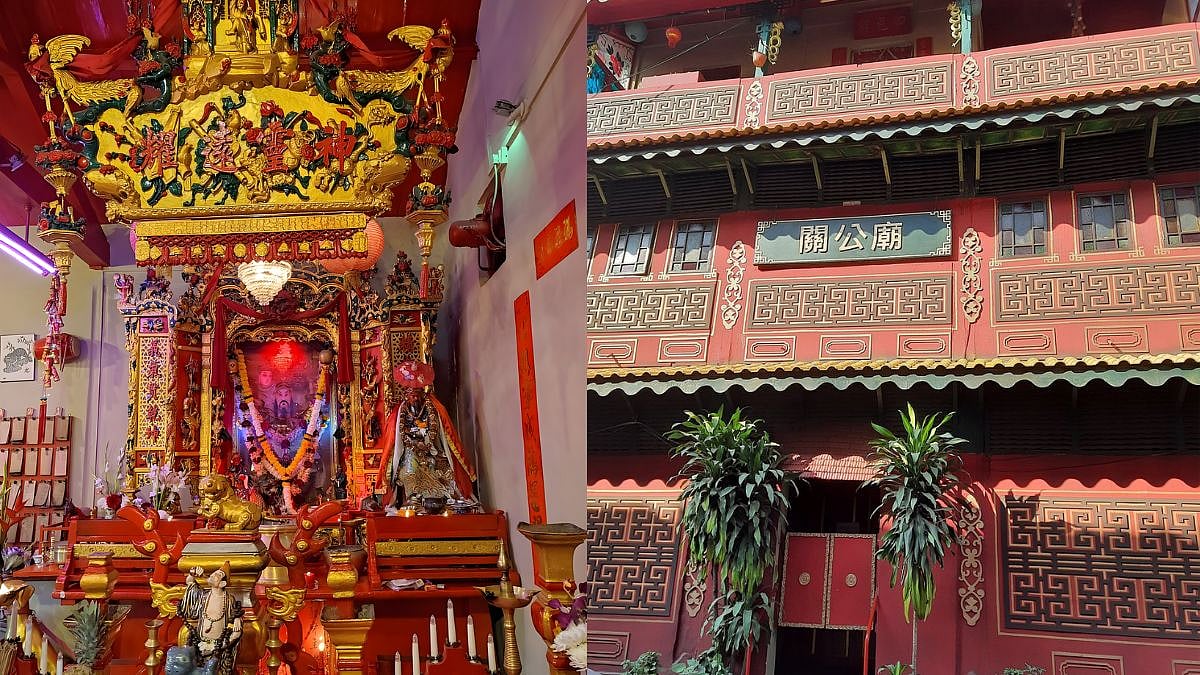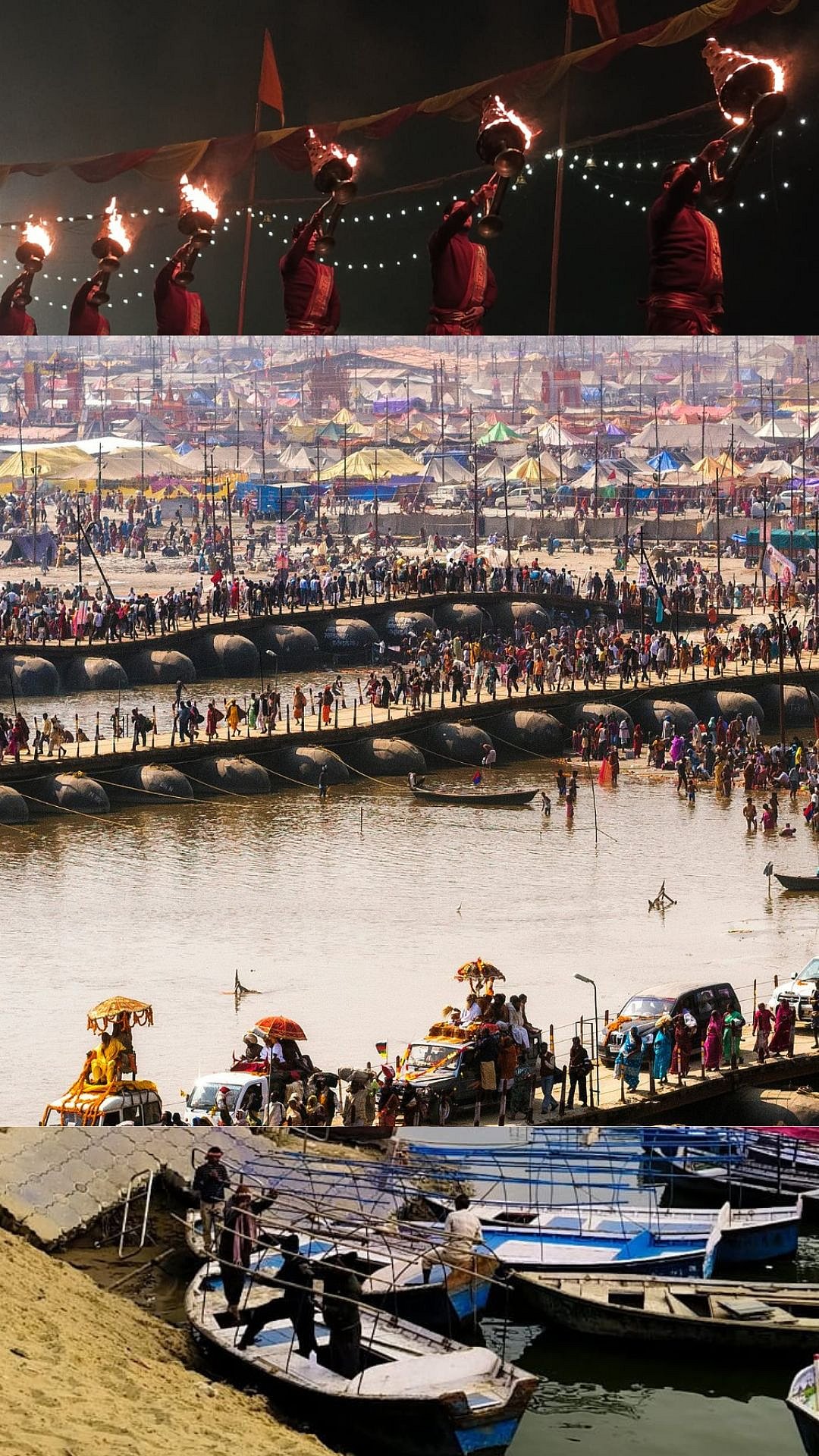Sankranti is the occasion when the “Sankraman” or the transit of the Sun from one rashi to the other happens. Essentially the relative positioning of the Sun in the sky with respect to the earth progressively changes. The entire horizon of three hundred and sixty degrees is divided into twelve clusters called rashis. Approximately once in thirty days, the relative movement or shift happens. This change is often in the middle of the month. In other words, every month we have Sankranti around the middle of the month. When the relative moment or shift happens into Makara or Capricorn rashi in mid-January, it is known as Makara Sankranti.
The horizon is divided into two equal parts called North and South called Uttara and Dakshina. These in Vedic calendar (Panchanga) terms are called Uttarayana and Dakshinayana. There is traditional importance ascribed to the Northward movement or Uttarayana. This starts from Makara Sankranti and the period extends till mid-July. From the middle of the July when we have Karka or Cancerian Sankranti, the south movement or Dakshinayana begins which continues till Makara Sankranti. Thus, the importance of Makara Sankranti is, it marks beginning of the auspicious half called Uttarayana.
The grand old man of Mahabharata and the great grandfather of both Pandavas and Kauravas, Bhishma fell to the arrows in the Kurukshetra war. He had the boon of the “ichha maranam” from his father Shantanu, voluntarily embracing death but not being consumed by it. Thus, though he was severely injured in the war, he didn’t die. He was waiting on the “bed of arrows” till the Uttarayana “punya kaala” (auspicious period) began, and vacated his body on the lunar eighth day, three days before “Bhishma Ekadashi”.
Makara Sankranti is a festival celebrated over three days. The first day is called “Bhogi” wherein ceremonial offerings are made to the fire God. The second day is of main festivities. This is to thank God for the crops that would have reached home successfully. The third day is again thanksgiving and this is the time to thank animals that helped in agricultural activities including transport. Thus, Makara Sankranti is the occasion for celebrations and celebrating with gratitude. This gratitude results in more abundance.
Prof S Ainavolu is a teacher of tradition and management. He is with VPSM, Navi Mumbai. Views are personal. You can read more at https://www.ainavolu.in/blog



